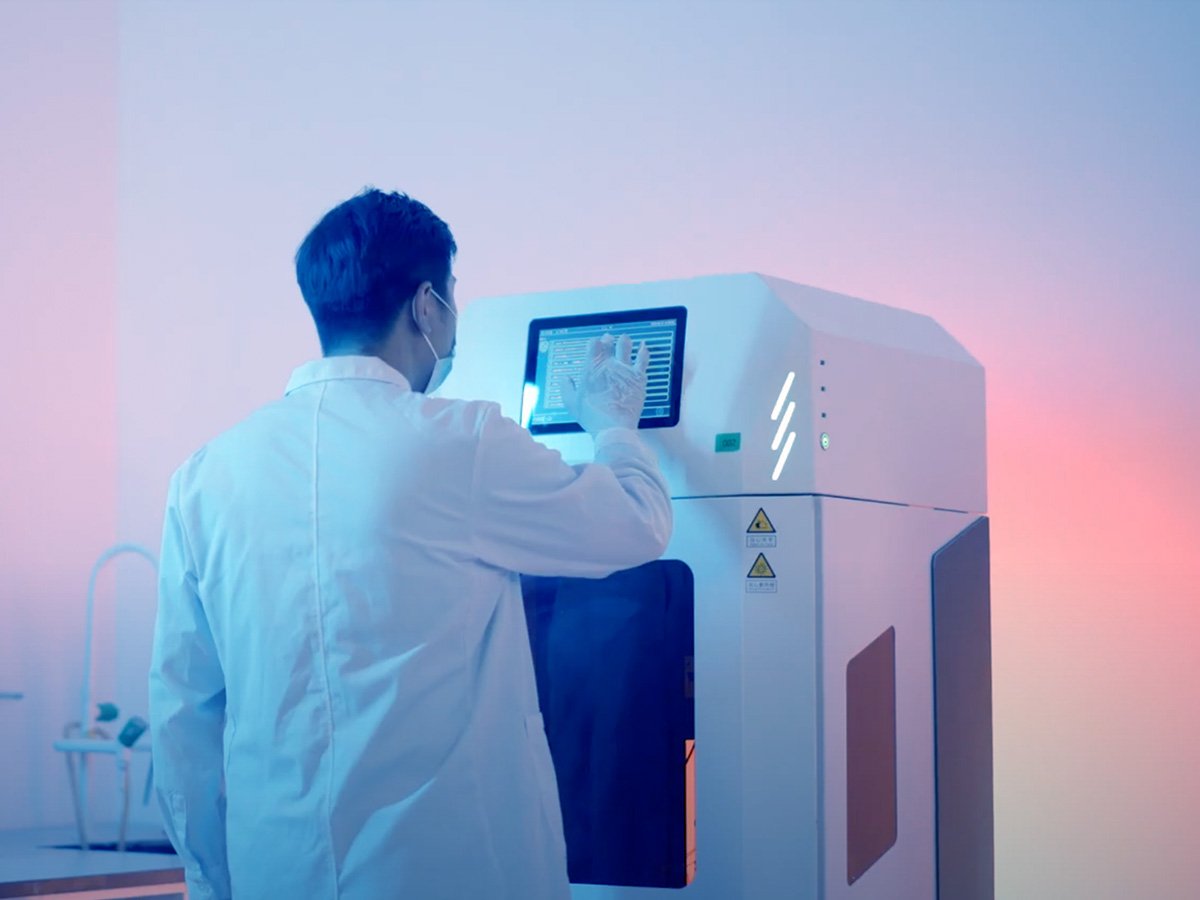Age, enamel thickness, and staining are the silent troubles that make tooth color hard to match. When a patient replaces old teeth with crowns or veneers, the color of this restoration may not be the same as that of natural teeth. Some smokers and alcoholics stain their natural teeth. Furthermore, the enamel of some patients’ teeth may be thin and cause yellowing on the outside surface of the teeth.
The dental shade guide solves all these mismatching problems. It enables you to match the color of the dental restoration with the existing teeth. So, read this guide to know the different types of dental shade guides available in the dental industry and their average cost.
A short section of the manufacturer also discusses keeping your concerns related to this topic in mind.
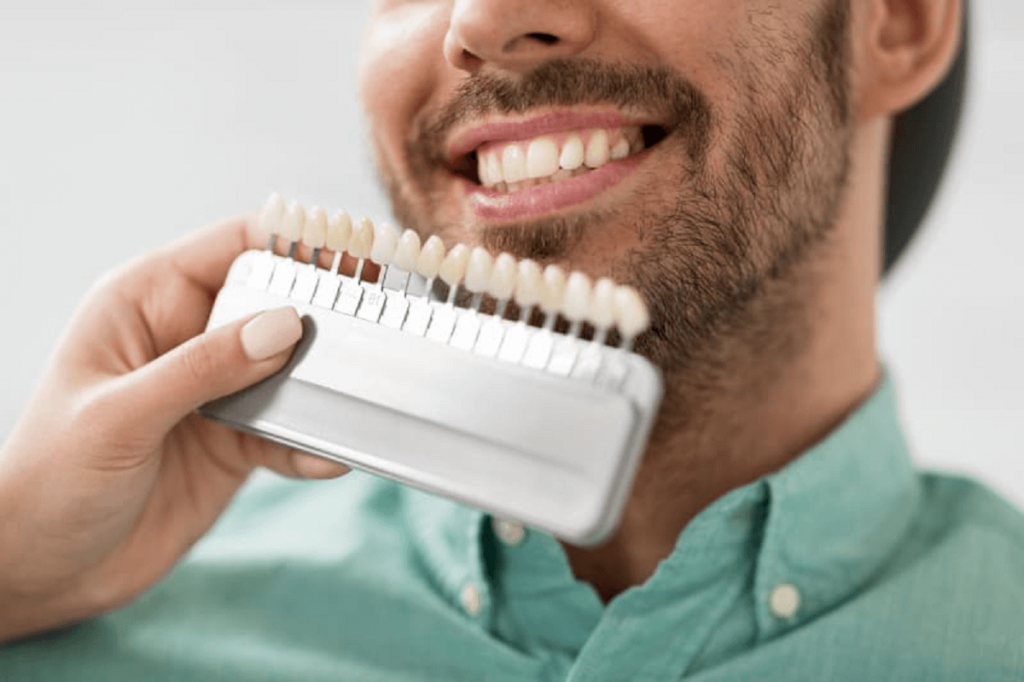
What Is a Dental Shade Guide?
A dental shade guide is a tool used to match the color of dental restoration with natural teeth. Dentists and lab assistants use it before making crowns, veneers, or bridges. The basic purpose of this tool is to choose a tooth color that blends with the existing teeth.
The best dental shade guide for dentists has many small tooth-shaped tabs. Each tab shows a different shade. These shades range from very light to dark.
Most shade guides are made of porcelain or plastic. The most common system is called VITA Classical A1–D4. It has 16 shades. Another system, VITA 3D-Master, has more shades and gives more exact matches. The more shade options, the better the final result looks.
What are the Different Types of Dental Shade Guides Available Today?
There are many types of dental shade guides used today. Each one helps dentists and labs choose the best color for crowns, veneers, or other dental work. Let’s look at the main types of shade guides and what makes them different.
– VITA Classical A1-D4
This is the most common shade guide. It has 16 shades. These shades are sorted into four groups: A, B, C, and D. Each group has a color range, like reddish-brown or greyish-yellow. The tabs go from light to dark. This guide is easy to use, and many labs know it well. It is great for fast choices and good for teaching students.
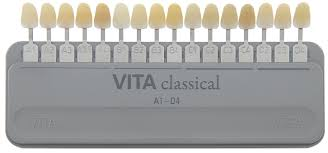
– VITA 3D-Master
This guide has more shades than the classical guide. It sorts colors by brightness (value), color tone (hue), and strength (chroma). There are 26 base shades and more in extra kits. This system gives a more exact match. It is better when the tooth has a tricky shade. The layout helps dentists understand color in a more logical way.
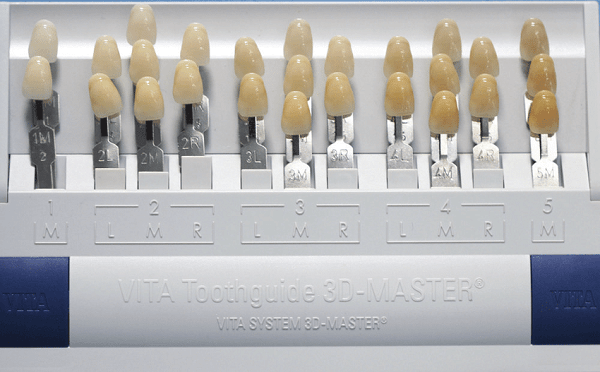
– Digital Shade Matching Systems
The digital dental shade guide system is a high-tech tool. They scan the tooth with a sensor or camera. Then, the screen shows the best matching shade. Some tools even show a digital map of the tooth color. Digital tools are faster and more accurate than the human eye. They are great when teeth are stained or lighting is poor.
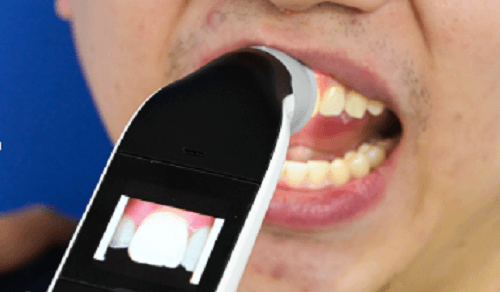
– Custom Shade Guides
These are made for special cases. Sometimes, a patient’s tooth color is not in any standard guide. In these cases, the lab can make custom tabs. Custom shade work takes more time, but the match is often perfect. These guides are good for front teeth or cases where looks really matter. It helps when the patient wants everything to look just right.
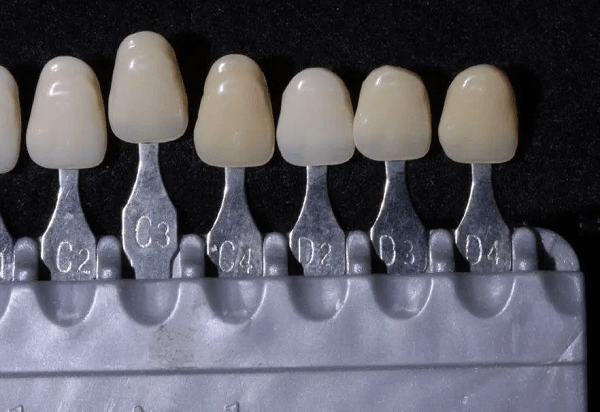
How Much Does a Dental Shade Guide Cost?
The cost of a dental shade guide can change depending on a few things. The type of guide, the brand, the material, and any added features influence the price range. Manual shade guides are usually cheaper than porcelain dental shade guides.
Some dental shade guides with codes are made from stronger materials that last longer. So they may be a bit more expensive. Others come with bleached shade tabs or digital scanning tools.
Here’s a simple look at the average prices:
| Shade Guide Type | Product Name | Average Cost (USD) |
| Manual Shade Guide (Basic) | VITA Classical A1–D4 | $89.91 |
| Manual Shade Guide (Advanced) | VITA 3D-Master | $192.95 – $202.99 |
| Digital Shade Matching System | Entry-Level Digital Scanner | Starts at $1,000+ |
Top 2 Manufacturers of Dental Shade Guides
There are a lot of brands that claim to provide high-quality and innovative dental equipment and dental shade guides for teeth whitening. However, not all focus on precision and the accuracy of tools. Here is the overview of two manufacturers that offer high-quality dental tools with affordability in mind.
– Aidite
Aidite is a leading manufacturer in the dental industry. This brand is known for its advanced materials and tools. One of their notable products is the 3D Pro Zir shade matcher. It’s designed to assist in selecting the ideal shade for zirconia restorations. This guide features a range of shades that mimic the natural gradient of teeth.
The 3D pro zir shade matcher is made from high-quality materials. Its design allows dental professionals to quickly and effectively determine the best shade. It reduces the risk of mismatches and the need for remakes.
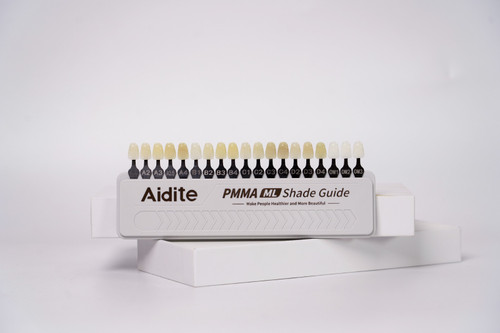
– VITA
VITA is another prominent brand in the dental field. This brand gains popularity due to its precision and reliability. Their VITA 3D-Master Shade Guide is a comprehensive system that categorizes tooth colours. This method allows for a more detailed and accurate shade selection.
The VITA 3D-Master Shade Guide is widely used by dental professionals and laboratories. It helps in achieving restorations that closely match the patient’s natural teeth.
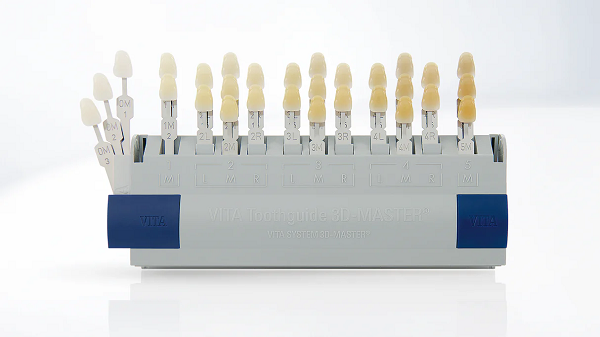
How Are Dental Shade Guides Used in Clinical Practice?
Dental shade guides are simple tools. Dentists use them to pick the right color for crowns, veneers, or bridges. Below are three main steps showing how to use a dental shade guide.
1) Checking the Tooth Under the Right Light
Dentists begin by cleaning the tooth. The tooth should be slightly wet because dry teeth look lighter. Next, they check the shade in natural light. The patient is usually upright. The dentist then compares the tooth with the shade tabs to find the closest match.
2) Using the Shade Guide to Pick the Color
The dentist holds the guide tabs next to the real tooth. They check within five seconds. Some dentists even use photos or apps to help. If the color is tricky, they may choose two shades and blend them in the lab. Digital tools may also be used here to confirm the shade.
3) Sending Shade Info to the Lab
Once the shade is picked, the dentist writes it down clearly. They also send a photo and notes to the dental lab. Some include a picture with the shade tab next to the tooth. This helps the lab match the color and surface texture better.
FAQs
What is the most common dental shade?
The most common dental shade is A2. It is a light, natural-looking color that matches many adult teeth. Dentists often pick A2 for crowns and veneers because it blends well. It is not too white or too dark.
How to check the shade of your teeth?
You can check your tooth shade with a tooth shade guide. It shows many tooth colors. The colors are in groups like A, B, C, and D. Stand in front of a mirror with good light. Hold the guide near your teeth. Find the color that looks the same. This helps you know your tooth shade.
What are the three main types of tooth wear?
The three main types of tooth wear are abrasion, erosion, and attrition. All three can hurt your teeth. Your teeth may look flat or chipped or feel sore. A dentist can help you keep your teeth safe and strong.
Final Thoughts
To sum up, the dental shade guide enables you to choose the right color for crowns, veneers, and bridges. It’s difficult to match the tooth color with existing natural teeth. A shade guide helps fix this problem by showing many tooth colors. Dentists use it to find the closest match so that dental work blends in well.
Aidite is a trusted brand that provides high-quality dental shade guides. Their guide is made to match zirconia restorations closely to real teeth. The guide includes natural-looking shades.
As dental care gets better, the future of shade matching looks bright. New digital tools, 3D scanning, and even phone apps are making it faster and easier to match shades. Some tools may soon use AI to get even better results.

